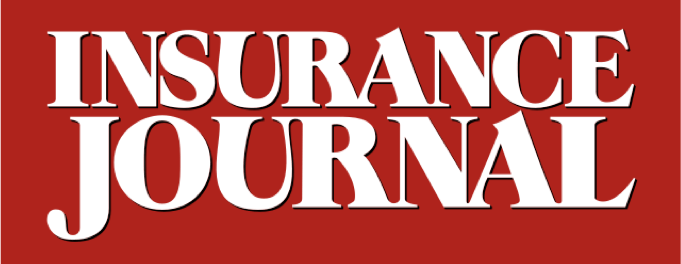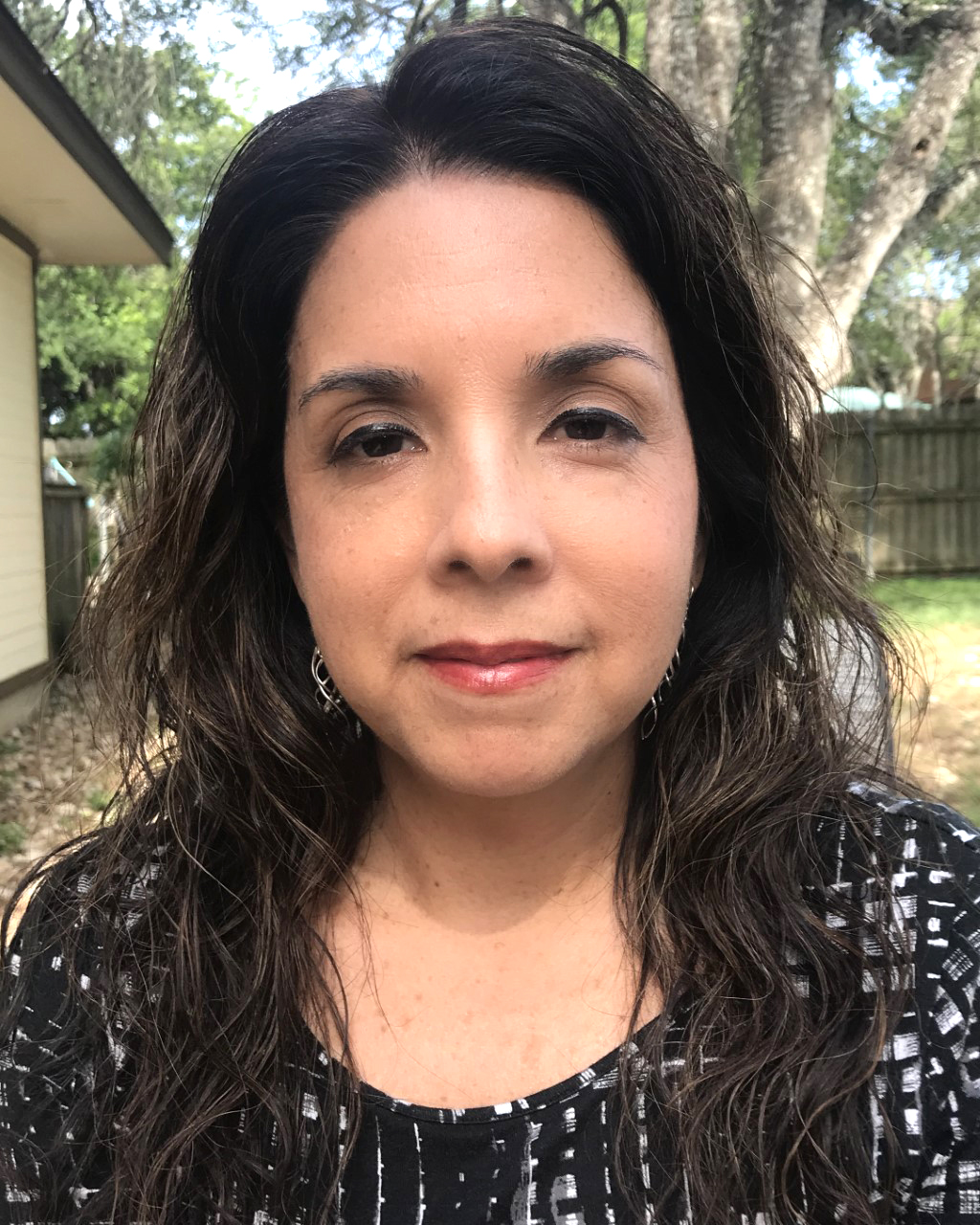As of press time, Texas and the world are watching yet another unprecedented natural catastrophe unfold. More than 100 lives have been lost [edited to included updated number] in this one event and billions of dollars in property have been destroyed.
This storm is tragic on many levels, but it also hits close to home as I’ve lived and spent most of my life in and around the beautiful Texas Hill Country. It’s a region of Texas that is unlike any other, which is why so many Texans return year after year to enjoy its beauty.
Natural beauty, and water, like in Texas Hill Country, is why everyone wants to visit and live in areas with extreme catastrophic risk. Whether it’s the breathtaking landscapes of California, the pristine beaches in Florida, or the eastern shoreline–people live, work, and play in dangerous places. That isn’t going to change. Destruction occurs, and people rebuild in the same dangerous areas–and the risk goes on.
The National Flood Insurance Program says that over the past 20 years, 99% of counties in the U.S. have experienced a flood event, and yet some estimate that less than 7% of property owners nationwide purchase flood insurance coverage.
In Kerr County, Texas, where the most devastating flooding occurred, that figure is less than 2%.
We know there is no coverage for flooding in standard homeowners policies, renters policies, or in most commercial property insurance policies. And we know the risk of flooding is everywhere. Yet so few purchase the right coverage to protect their most precious assets. And those purchasing habits likely will not change either.
Insurance coverage is one way to protect property and life. Another way is to simply manage the risk through better mitigation efforts. That might mean building stronger, improving building codes, offering risk management tools to insureds that reduce risk. I think of water sensors, fire sensors for electrical risk–heck, even complimentary “weather radios” for high-risk flooding zones. Perhaps more can be done to offer policy premium credits when people and businesses make investments to reduce risk on their own.
The Triple-I states that “risk” is just another word for “peril,” which refers to something that can go wrong. Today, there’s no greater peril than natural catastrophe risk.
So, what more can be done to prepare for the next big catastrophe? Is the insurance industry doing enough to help insureds manage their risk for these CATs? After all, it’s not just about buying coverage–it’s about managing the risk before the catastrophe strikes.
How can this industry be part of the solution?
Was this article valuable?
Here are more articles you may enjoy.


 Severity Was Up, But Will Falling Claims Volume Impact the Profession?
Severity Was Up, But Will Falling Claims Volume Impact the Profession?  Grand Jury Declines to Indict Man in Fatal Shooting at Kentucky State University
Grand Jury Declines to Indict Man in Fatal Shooting at Kentucky State University  Brown & Brown Files Suit Over Alleged Howden Poaching of 200+ Employees
Brown & Brown Files Suit Over Alleged Howden Poaching of 200+ Employees  CEO Sentenced in Miami to 15 Years in One of the Largest Health Care Fraud Cases
CEO Sentenced in Miami to 15 Years in One of the Largest Health Care Fraud Cases 



